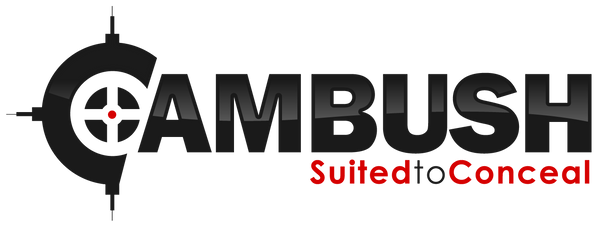Setting Up Shed Season Success
January 14 2014 – Shawn OConnor
I’ve been tracking a deer I affectionately call, “HyVee.” I haven’t seen nor captured on camera this buck since early November. So the obvious question is, “is he still alive?” With my shed season strategy, I’m pretty confident I will learn the answer to the question soon.

Why shed hunt?
Because there is no better time of year to gather information about the animals you will be pursuing. Travel patterns are easily identifiable, and finding sheds confirms an animal has made it through the hunting season and likely the toughest part of the winter. I collect sheds so I can inventory the deer on my property. I can build a history of a deer and see its growth over time, whether it's grown a lot or if its maturation has tapered off.
Food Supply
How do you improve your odds of finding sheds? I set up feeders to attract the deer, and then I mount game cameras to monitor their activity. I make the feeders myself, and in my next blog I'll share my DIY instructions for making an inexpensive feeder.
Feeders attract deer so they will hang around your property and eventually shed their antlers there. Deer don't travel far in the winter months because they need to conserve their energy. A feeder will serve as a magnet to contain deer in a specific area. I have literally picked up countless shed antlers right next to my feeder.
Monitor with Cameras
I use CAMBUSH-covered trail cameras to monitor the deer shed activity so I know when and where to look for sheds. I set up one game camera as motion-triggered mounted to a post (see here for a blog on DIY camera mount for a few dollars), 20 feet from the feeder. This camera captures images of the deer as they feed and alerts me of any antlers that have been shed. Those close-up images give me a glimpse into what the deer and antlers look like.
The second camera is set to field mode, and I locate it farther away from the feeder in a place where it has a good vantage point of the entire field. These images show me the deer routes and direction of travel. If a deer is missing an antler, I can look at these images to show where the deer came from and then look in that area to find the shed.
I set out my feeder and game cameras as soon as the hunting season ends. This gets the deer using the feeder prior to antlers dropping. Depending on the size of the feeder and number of deer in the area, I typically refill the feeder once per month and usually run the feeder for three months. My feeder holds around 200 pounds of corn.
Don’t Wait!
My upcoming blog will explain how to make your own inexpensive feeder. Don’t waste time! Get out there. Get started. I already found a shed under my feeder last week.
We keep our website up to date, and Shawn posts new blogs often. Be sure to like us on our Facebook page at www.facebook.com/cambushcamo or follow us on Twitter at www.twitter.com/cambushcamo so you can stay up to date with CAMBUSH.
Shawn has written some other informative blog posts. To read more, click on the images below. To learn more about CAMBUSH, be sure to look at the menu navigation at the top of the page, under Features and About Us.






0 comments